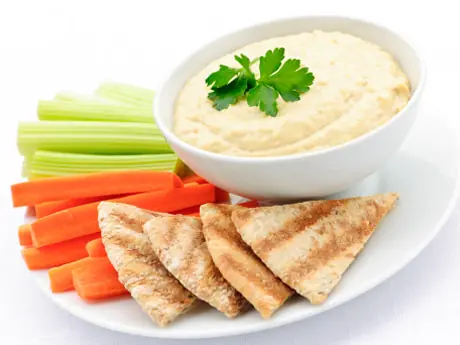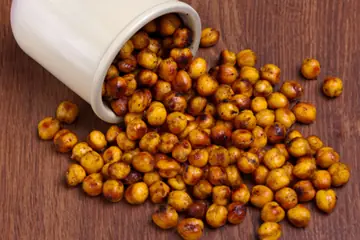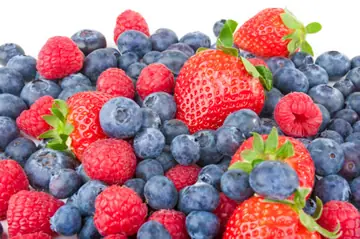•Ecological and ethically responsible practices
•Humane treatment of farm animals
•Fair treatment of workers
•Practices that safeguard human health
You can find sustainable, local foods at farmer's markets, food co-ops, CSAs (community supported agriculture), from your own garden (or a friend's or neighbor's). Your grocery store may even have a section where foods are labeled "local." Read on to find out more about sustainable foods, how they can benefit your health, and how to create healthy, satisfying recipes with sustainable produce, dairy, meat, seafood and grains.
Sustainably Grown Produce and Grains
The Pros and Cons 1 of 9
Pros: Sustainably grown produce tastes better and contain more nutrients when you buy them because they are picked at their peak ripeness and travel much shorter distances to be sold.
Cons: Organic, sustainably grown produce and grains can be more expensive than their non-organic counterparts. Sustainably grown grains can be hard to find because the source of the grains can be hard to distinguish.
Sustainably Raised Animal Products
The Pros and Cons 2 of 9
Pros: These products generally contain less fat, fewer calories and higher levels of omega-3 fatty acids, vitamins A and E and other antioxidants. Produced without growth hormones, antibiotics or feed additives, these meats are processed on the farm or in a small-scale facility.
Cons: They're more expensive, so just buy less meat, and add more veggies, whole grains or other inexpensive protein sources such as lentils, beans or edamame, to your meal.
Sustainable Seafood
The Pros and Cons 3 of 9
Pros: Eating sustainable seafood can help ensure that certain species survive for posterity.
Cons: It might be hard to find sustainable seafood where you live, or you might not like what's considered sustainable in your area. Unless restaurants advertise or can confirm that they serve sustainable fish/seafood, you won't know where the food is from.
How to Cook With Spring Produce
4 of 9
Take advantage of spring produce picked at its peak by shopping at your local farmer's market, becoming a member of your nearby CSA or co-op, or searching for a sign designating local produce at the grocery store.?Check out a list of what's in season, and try these four recipes that highlight the best of spring's produce bounty.
Grow Your Own Citrus Trees
5 of 9
There's nothing better than a healthy, vigorous, happy citrus tree. Not only are they beautiful—a lush green tree dotted with orange fruit is hard to beat—but citrus trees can spend up to 100 years churning out fruit that is both tasty and nutritious. Learn about the types of citrus trees, and read tips for how to grow your own successfully.
What to Do With Organic Meat
6 of 9
The key to balancing the cost of sustainably raised animal products with the benefits (superior taste and quality, more nutrients, humane treatment, etc.) is to buy less meat, cheese, milk and eggs, and think of these ingredients as embellishments rather than center-of-the-plate staples. These three recipes balance the use of protein-rich sustainable meats with antioxidant-rich produce and grains that athletes need to fuel their training.
3 Ways to Cook With Sustainable Seafood
7 of 9
Many populations of the seafood we eat are overfished. In the U.S., more than 80 percent of our seafood is imported to meet demand, according to the Monterey Bay Aquarium. Buy fish caught or farmed using environmentally friendly practices, and you'll support abundant waters—and ensure there is plenty of fish and shellfish for posterity to enjoy. These recipes provide healthy ways to prepare sustainable seafood that is available in most areas in the U.S.
How to Start a Sustainable Home Garden
8 of 9
There's no better way to perpetuate the eating local, sustainable foods trend than by growing your own fruits, vegetables, herbs and beans—either in your own yard or at a community garden. Startting your own sustainable home garden doesn't have to be complicated, expensive or time-consuming. In fact, starting small is the key to success for beginning gardeners. These tips can help.






Discuss This Article